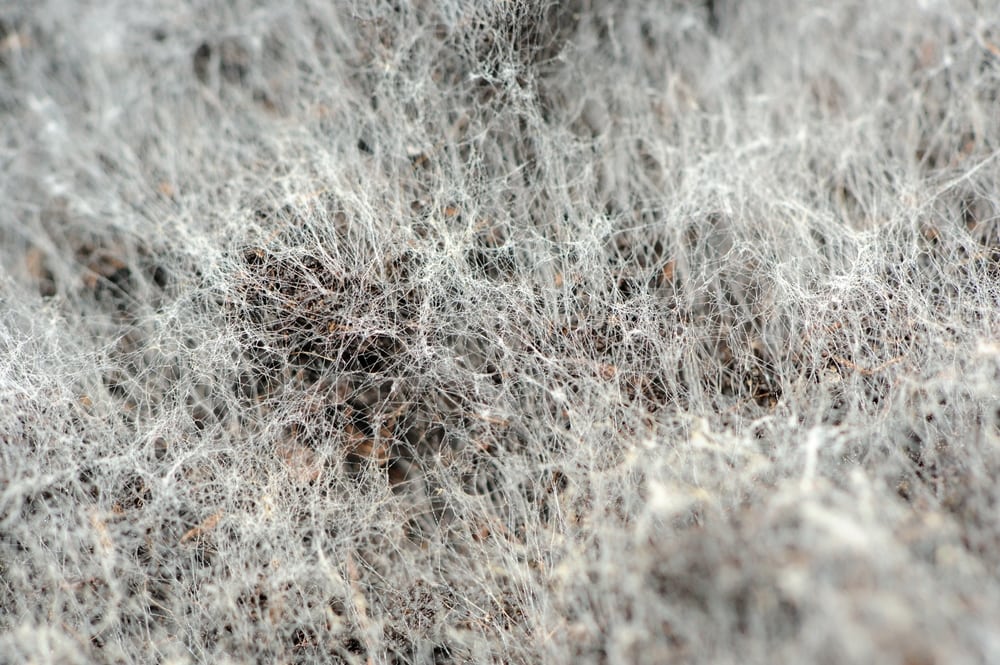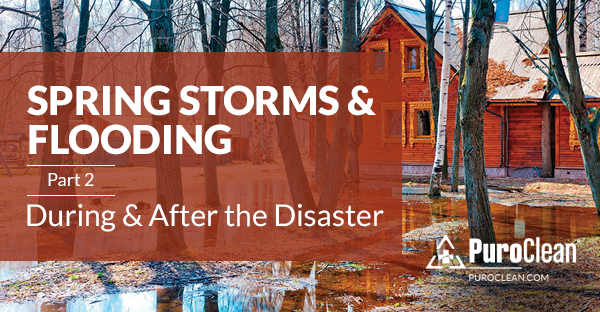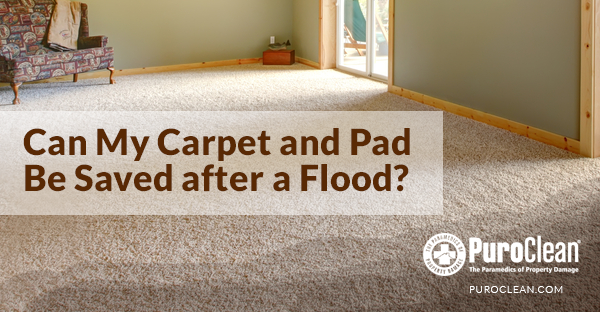 Over time, black mold exposure can cause serious health problems to adults, children and pets. Children and pets are particularly susceptible to health problems related to mold exposure, so be sure to learn how to prevent mold and what to do if you see mold in your home. Here’s some handy information you should know in case your family encounters a mold problem:
Over time, black mold exposure can cause serious health problems to adults, children and pets. Children and pets are particularly susceptible to health problems related to mold exposure, so be sure to learn how to prevent mold and what to do if you see mold in your home. Here’s some handy information you should know in case your family encounters a mold problem:
1. How does black mold affect children?
Black mold can affect the health of children through inhalation, ingestion or absorption through the skin or eyes of mold spores. According to the Centers for Disease Control (CDC), indoor black mold exposure is linked to respiratory illness in otherwise healthy children. In addition, black mold exposure can lead to the development of asthma in some children, especially those who are genetically susceptible to asthma development.
2. What are the symptoms of black mold exposure in children?
Children who are allergic to mold may show symptoms such as sneezing, runny noses, itchy eyes, wheezing and coughing. Black mold exposure can also cause irritant reactions in sensitive children, such as skin irritations, eye irritations or headaches. Those who suffer from asthma can show asthmatic symptoms like wheezing, coughing, chest tightness and shortness of breath.
3. What type of doctor should I see concerning mold exposure?
The CDC recommends that first, you should consult a family or general health care provider that will refer you to a specialist if needed. The type of specialist depends on the health problem. Allergists treat patients with mold allergies, infectious disease physicians treat mold infections, and pulmonary physicians treat lung infections.
4. How does black mold affect pets?
When experiencing long-term mold exposure, pets can exhibit symptoms such as respiratory difficulties, pulmonary hemorrhage, nose bleeds, runny noses, lethargy, and more. Make sure to keep your pet away from moldy food and environments. Take your pet to the vet immediately if they show mold exposure symptoms.
5. Where can black mold be found in homes?
Black mold thrives in warm and damp environments, such as basements, bathrooms and kitchens. To avoid mold problems in your home, make sure there are no leaks that cause water damage. Use fans and dehumidifiers to keep the humidity in your home between 40% and 50%. Learn more mold prevention tips here.
6. How do I deal with a mold problem in my home?
If the mold problem is large in scale (the affected area is larger than 10 square feet), it is important to hire a professionals to remove the mold. They can get rid of the mold quickly and efficiently with the use of specialized equipment and techniques. For a small mold infestation, you can consider removing it yourself by following these tips.
To learn more about how to deal with small scale mold problems in your home, check out our tips to remove mold in the bathroom, basement and kitchen, as well as from unexpected areas in the home. For professional fire, water, and mold restoration services, contact your local PuroClean office.



 PuroClean of Alexandria
PuroClean of Alexandria